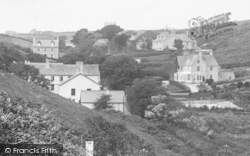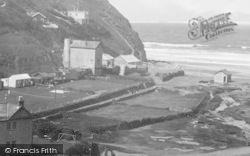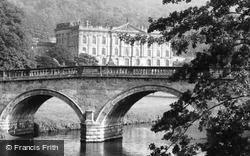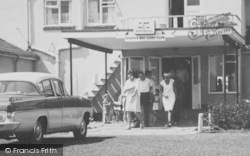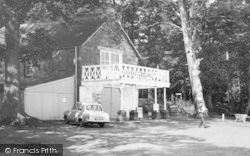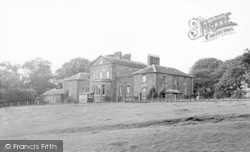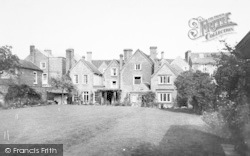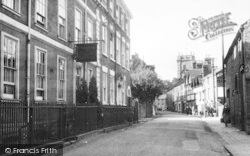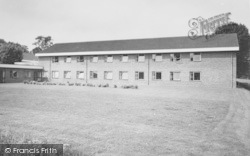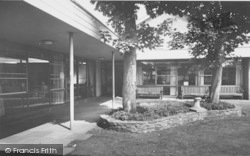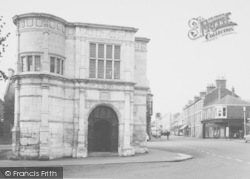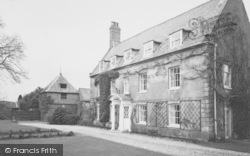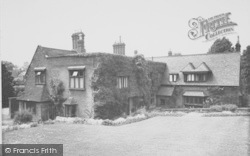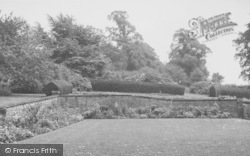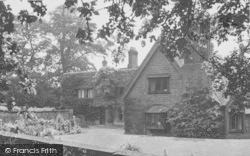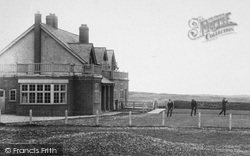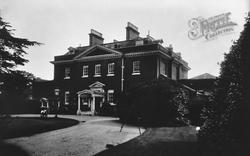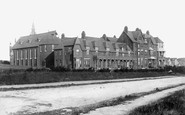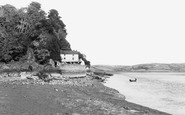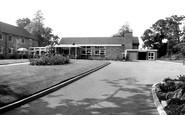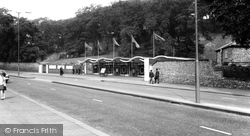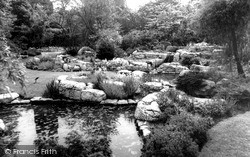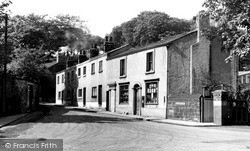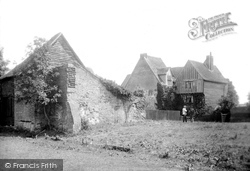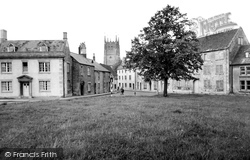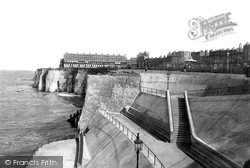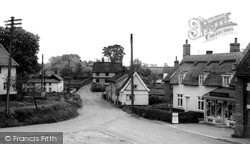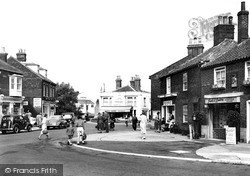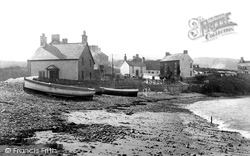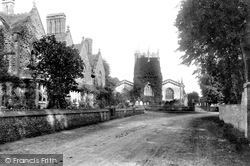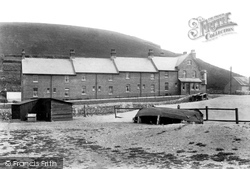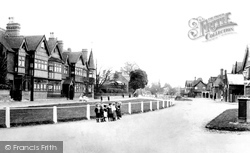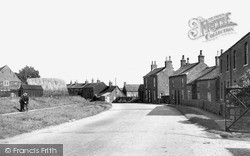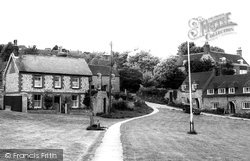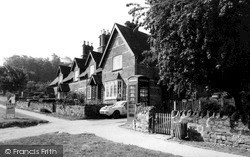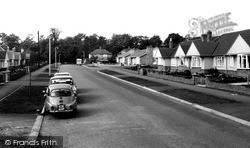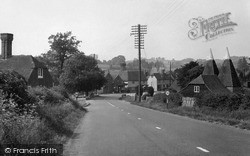Places
36 places found.
Those places high-lighted have photos. All locations may have maps, books and memories.
- Chatsworth House, Derbyshire
- Osborne House, Isle of Wight
- Brambletye House, Sussex
- Ickworth House, Suffolk
- Kingston Lacy House, Dorset
- Boscobel House, Shropshire
- Preshute House, Wiltshire
- Bolton Houses, Lancashire
- Brick Houses, Yorkshire
- Quaking Houses, Durham
- Water Houses, Yorkshire
- Bottom House, Staffordshire
- New House, Kent
- Mite Houses, Cumbria
- Lyneham House, Devon
- Church Houses, Yorkshire
- Dye House, Northumberland
- Spittal Houses, Yorkshire
- Street Houses, Yorkshire
- Tow House, Northumberland
- Halfway House, Shropshire
- Halfway Houses, Kent
- High Houses, Essex
- Flush House, Yorkshire
- White House, Suffolk
- Wood House, Lancashire
- Bank Houses, Lancashire
- Lower House, Cheshire
- Marsh Houses, Lancashire
- Chapel House, Lancashire
- Close House, Durham
- Guard House, Yorkshire
- Hundle Houses, Lincolnshire
- Hundred House, Powys
- Thorley Houses, Hertfordshire
- School House, Dorset
Photos
6,747 photos found. Showing results 661 to 680.
Maps
370 maps found.
Books
Sorry, no books were found that related to your search.
Memories
10,363 memories found. Showing results 331 to 340.
Seaton In The 1950s And 60s
I lived in Seaton from the very early 1950s to the very early 1970s. My happy memories are: going down to the River Welland in Harringworth and fishing, going down to Seaton railway station and watching the ...Read more
A memory of Seaton in 1950 by
Streatham Common The Grove Area
I used to be taken by my mother to the White House for a picnic tea with my sister. Although we had a huge garden ourselves, we loved going there. Sadly a young woman was murdered there in the 1950s ( I think) by her ...Read more
A memory of Streatham in 1950 by
Broadstairs And St Mary's Home 1957
I was 6 years old and had had bronchitis and asthma and so I was sent away from smoggy London to St Mary's Home in Broadstairs. I was taken with other young children on a train by a nurse in a brown uniform. ...Read more
A memory of Broadstairs in 1957 by
Holidays In Laugharne
I and my family stayed at the Ferry House, next to the Boat House from 1965 to 1973. The house was then owned by the wife of my dad's boss and we used to be able to go for a fortnight each summer. We used to park our car, with ...Read more
A memory of Laugharne in 1965 by
Happy Days!
I was a trainee residential social worker at Elm House, Christmas 1974. I spent 2 months at several residential establishments working for the old Cheshire County Council. Fond memories of matron Dolly Barrett and cook Nan.
A memory of Nantwich in 1974
Burrow Hill Today
Burrow Hill School is now derelict. It closed in 1998 and I have just walked past the boarded-up site this afternoon. Although I have lived in Frimley Green since 1993 and seen one of its main buildings from within a housing ...Read more
A memory of Frimley Green by
Raf Radar At Inverbervie
I was based in Inverbervie from March 1957 till March 1958 with 977 Signals Unit of the Royal Air Force. 977 SU operated radar from an underground site on the hill a couple of miles north of the village. Height finding ...Read more
A memory of Inverbervie in 1957 by
Memories Of Sneinton
Betty and I were brought up in Davidson Street, Sneinton just before the Second World War. It was a small back-to-back terraced house with an outside toilet. One of my first recollections was being bathed in the small kitchen ...Read more
A memory of Sneinton in 1930 by
Those Lovely Days
These days Greylake's claim to fame is the council tip where people get rid of their rubbish, but when I was a little girl it was one of the greatest places in the world to me. If you go a couple of fields past the tip and look ...Read more
A memory of Greylake in 1955 by
Please Help!
Hi! I have recently been researching into my family history, and I came across a photograph dated to around the early 1870s in my home. On the back it read Wm Hughes photographer and oil painter in Llangefni and Amlwch on Sundays ...Read more
A memory of Llangefni by
Your search returned a large number of results. Please try to refine your search further.
Captions
6,914 captions found. Showing results 793 to 816.
This wooded hill in the town centre is topped by the ruins of a Norman castle, whose builders might not be entirely surprised to find that the outer bailey now houses a zoo: after all, exotic animals were
West Bromwich boasts a remarkable survivor, Oak House, a magnificent 16th-century manor house. By 1894 it had fallen into disrepair.
A fine stone village a mile from Frome, Beckington has some superb stone houses and a church with an excellent Norman tower.
Many of these houses were originally built in the 1800s as housing for immigrants coming to the area from Cumbria and North Wales to work in the local quarries.
Beeleigh was a house of Premonstratensians. It was founded in 1180 (replacing an earlier house at Parndon), though it became a private residence after the Dissolution.
The cottages originally formed part of an estate comprising the large house of Elmore and its lodge house. The original Elmore was demolished c1925 by Alexander Dods.
Dating from c1580, Clock House had two famous residents. The first, Ann Line, was executed in 1601 for concealing a Catholic priest here. She was canonised in 1970.
No 30, left, is an attractive early 19th- century double-fronted house with a Roman Doric pedimented porch.
This splendid view of the site of the former cliff-top fort was taken prior to the extension of the cliff-foot promenade.The terrace of houses in the centre of the picture, Fort Paragon, was constructed
E J Clarke (right) is now a Balti House, the clock on the wall advertising sweets and ices has disappeared, and the shop beneath is now Central Pets.
On the corner of Low Road, leading to the King's Head, are houses called St Margaret and St Mary (centre left). The prominent jettied timber-framed building facing us is Waterloo House of c1540.
To the right, the Coffee House is now a domestic garage, but the house is still called Jack o'Lantern.
Some of these houses were owned by sea captains, who could afford to build a substantial two-story house. It is said that almost every boy from Borth went to sea.
The old manor house of Frampton Court was demolished in 1939. In 1840 its then owner dismantled a large portion of the village to improve his view.
The Market House was built of granite in 1839-40 for the sale of meat, poultry and butter, and the four carved ox heads above the pillars (left) are a notable feature of the street frontage.
These are the gaunt Victorian lines of the Coastguard Station at West Bay, looking eastwards towards East Cliff, with Rocket Houses seaward from it (right).
The houses behind them are often mistaken for the Manor House because they look so impressive. They are private residences.
The brick barn on the left at Red House Farm and the iron field fence remain, but the houses on the right have been altered and a few demolished, including the single-storey one on the corner of the quaintly-named
A view taken from the war memorial pictured in No 71402, showing the subtle changes wrought in some thirty five years - a flint-built house with brick decoration now stands on the left, creeper
The post office with shop is the former school house (1858). The village school was on the right through the little gate.
The mid 20th century saw the housing boom: around the towns and cities, large and small estates were built on agricultural land.
The Reverend Lancaster, famous for his firework displays, now occupies the end cottage, and Kimbolton House on the right, the site of the school before it moved to the castle, now houses a playgroup.
Note the oast houses on the right, and four more behind the weatherboarded white building, all links with a time when hop fields were all around, and oast houses were needed to dry the
Generally known as 'The Market House', the building is 18th-century in origin and formed a covered area wherein farmers' wives and younger members of their families could display dairy products and similar
Places (80)
Photos (6747)
Memories (10363)
Books (0)
Maps (370)




